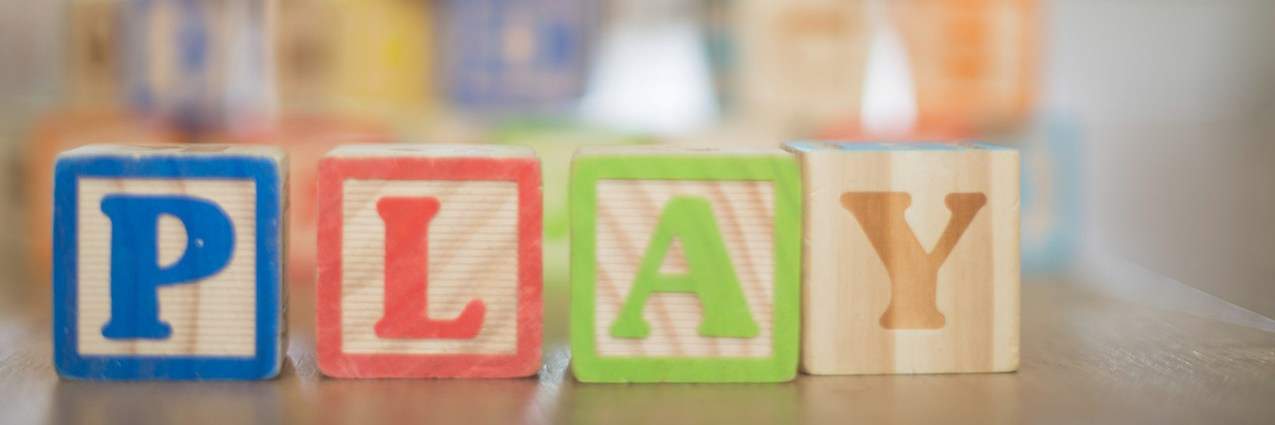How to Improve Employee Training Methods with Gamification
Onboarding or training new employees is rarely an easy experience for all parties involved. It means more work for trainers, learning pains and mistakes for trainees, and generally requires a lot of company resources. However, cutting corners on employee training methods can easily result in disaster for the company. Proper onboarding is ultimately cost-effective, so it remains a necessary evil.
Learn how to build powerful and engaging learning experiences with gamification and microlearning, in this Speexx e- book.
However, gamification can improve this process.
What is Gamification?
Games are and have always been immensely engaging and motivating. That’s easy to see from their persistent existence throughout history and the current success enjoyed by the video game industry. In the past century, however, the principles of games have been extended to other avenues, such as marketing and the workplace. This process is known as gamification.
Gamification is not the same thing as playing games. Rather, it involves applying game mechanics to other processes. Among other things, games provide a sense of community, progressive gratification, immediate feedback and clearly defined and achievable goals. All these factors keep players engaged and paying attention, and drive them to accomplish their designated in-game tasks.
What might a company achieve if it could create a similar sense of motivation and involvement in its new hires regarding their training?
How Can Gamification Improve Employee Training Methods?
Gamification results in a swifter learning process, greater learning retention and improved behaviour modification. Down the road, these translate to more success for the company, often in the form of increased productivity, a return of interest, employee loyalty and customer satisfaction. A survey done by the Aberdeen Group indicated that organizations practising gamification saw a 48% improvement in employee engagement (as compared to 28% with organizations who did not implement gamification), and a 36% improvement in employee turnover (as compared to 25%). These substantial differences in improvement point to the benefits of using game-like scenarios to motivate and energize employees.
In a hiring environment that is increasingly populated by millennials—most of which grew up playing video games, and many of which report low levels of employee engagement—gamification may be the best way to approach the onboarding process.
Looking for more ways to keep your team motivated? Read these suggestions for rewarding the successful completion of language training.
The Onboarding Game: How Can You Pull This Off?
With enough resources, creative talent and technical know-how, gamification can be quite elaborate. For example, PwC Hungary put potential hires through a video game called Multipoly, which provided employees with skills and knowledge relevant to the jobs they were applying for. This made their onboarding processes much easier to administer. A company can have new employees play a video game created to help them understand and acquire the necessary skills and knowledge for the job.
However, investing in something like Multipoly is not always feasible—or possible. Nevertheless, a canny HR manager or corporate trainer can still incorporate gamification into your employee training methods with minimal resources.
Try these approaches:
- Divide new hires into teams to build competition, collaboration and rapport among them. Teammates are now accountable to both one another and the trainer. Peer loyalty and a desire to not let down one’s teammates become motivating factors alongside a trainee’s desire to succeed in the learning process.
- Segment the learning process into clearly defined goals or objectives that can be attained within a reasonably short period of time. Give immediate feedback upon the completion of each objective. This simulates the process of gaining or going through levels within a game. It also expedites behavioural modification and the retention of the necessary skills and knowledge on a trainee’s part.
- Provide visible and visually persistent rewards when employees meet training objectives. These can be in the form of a virtual currency such as points kept and displayed on a scoreboard. Another approach is the use of an “avatar” system, in which a representation of a trainee becomes increasingly embellished or decorated as he or she proceeds through the onboarding process.
Traditional approaches to onboarding and training can feel arduous and time-consuming. Using the principles of gamification not only makes the process more fun, it also increases retention of these new skills. Whether you’re getting new employees up to speed or helping them add a new skill, such as a second language, try these tactics to expedite the process and keep employees engaged.
Speexx’s approach to smart learning applies the principles of gamification to keep employees engaged. See what our clients have said.
Photo credit: https://www.pexels.com
